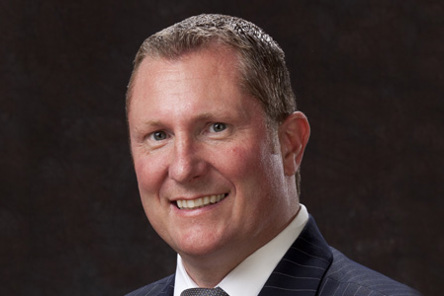by Cathy Roberson - The European eCommerce market is growing fast, creating challenges for logistics providers. Instead of looking at it as a single entity, it is, instead, 30+ separate countries, of which 27 form the European Union. Different languages, cultures, VAT fees, banking rules and other national regulations and legislation separates these countries and as such restrict the growth of cross-border eCommerce.
Mark White, President and COO of SEKO Logistics knows this well. Through the years, SEKO has seen many changes within the logistics business and has made adjustments by launching its single-hosted global IT network and shifting a greater emphasis towards fulfillment. Whereas many providers tend to take a more transactional approach to handling this service, Mark White states, "SEKO prides itself in taking a consultative-approach to working with customers".
Almost half of SEKO's revenue is derived from the retail industry, with a good portion of that coming from eCommerce. The fragmented Europe is indeed a challenge, but according to Mr. White, the UK dominates the European eCommerce space with retailers such as ASOS, Tesco and John Lewis leading the way.
E-fulfilment options vary across the region, with very few single options for the whole of Europe. Instead, there tends to be more specialists that cover a smaller geography. Some, such as Clipper Logistics, provide e-fulfillment solutions mainly within the UK market, but are branching into the continental European space. For example, the company acquired the German logistics company, Bestaendig Group, in 2008.
SEKO fulfilment facilities provide services to a mix of customers, pure e-tailers as well as brick and mortar retailers, and are centered in the UK and the Netherlands. Still, according to Mr. White, "If a customer needs inventory to be held in say, Spain, for example, the company can make it happen quickly." He cites the company's ability to implement multi-country solutions in days and weeks versus months as a competitive advantage over many of its competitors.
In addition to handling returns, packaging, labeling, pick & pack and value added services, e-fulfillment creates new challenges due to demand for faster services. Many eCommerce packages are transported by not only parcel providers such as DHL, FedEx and UPS, but also by many European post offices. Therefore, it is wise for e-fulfillment providers to monitor the changing service offerings that these providers are now offering in the eCommerce market and take advantage of those that present savings in time and service.
Ti's is pleased to announce we will be publishing our European eCommerce Logistics report later this month. The report will provide analysis of the latest trends in the region's eCommerce market, including an in-depth overview of cross-border challenges as well as profiles of such logistics providers as SEKO Logistics, Clipper Logistics, DHL, FedEx and UPS. Also, some of the leading European post offices offering solutions to the eCommerce segment will be included.
For more information or to register your interest in the report's release, please contact Holly Francis, Ti's Sales Executive.





